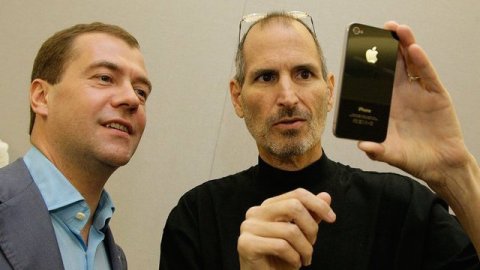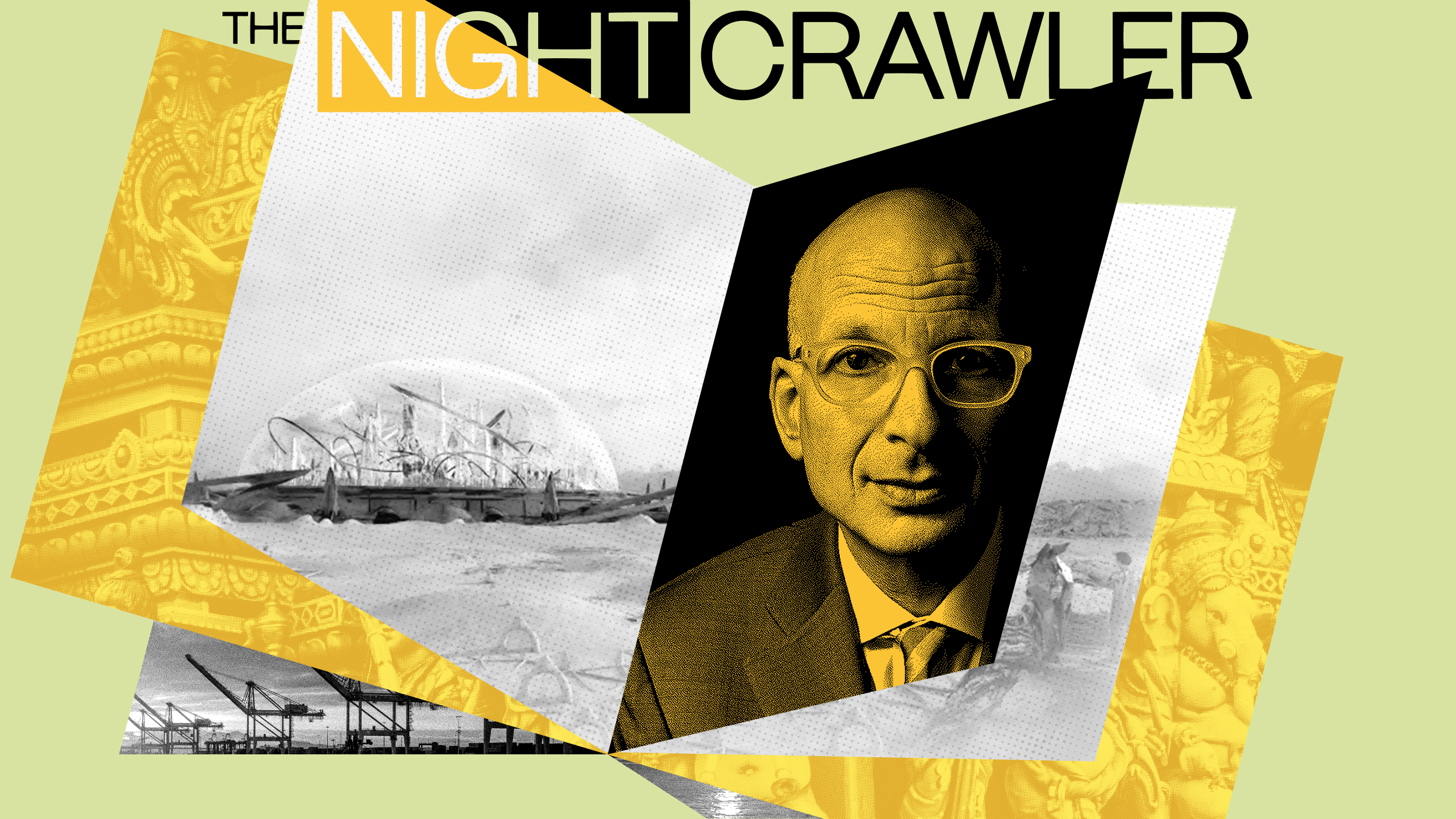The Three Ways Mobile Changes Behavior

There are three primary ways that mobile technologies change our behavior:
1. By making things easier
2. By interrupting us
3. By giving us feedback
By Making Things Easier:
Let’s start with the first method: by making things easier. Apps that have taken common, often annoying activities like finding and hailing a cab, or shopping, and made them simple and quick have won big. Uber, Amazon, Instacart, and Postmates are all prime examples of companies that have created fanatical users by making their lives just that much easier. Instead of driving to the store, grabbing a cart, and walking around to find the items we want, we can now open a simple app where we can jump from aisle to aisle in the click of a button (and even use a search bar to find the things we desire). While a full-fledged shopping trip takes twenty to forty five minutes, an app-based shopping experience takes only two to five. It’s a difference of an order of magnitude. The cost for this upgrade in ease? A subscription fee or small to moderate delivery and service charge.
By Interrupting Us:
For a substantial portion of the day we’re in habit mode. Habits are autopilot behavioral responses to specific environmental contexts we’ve seen before. In other words, they’re behaviors that have worked advantageously in this same context before and have, thus, been selected for. Since they’re automatic responses, they save us time and the mental energy that deliberation and conscious thought would require. While they can sometimes backfire, they’re generally quite helpful – getting us efficiently perform the right action in the right context.
Because they occur under the radar of conscious thought, the only way to break our current habits, and form new ones in their place, is to interrupt them. We can then grab and redirect our attention towards the behaviors that we want to perform instead. Mobile phones and apps are adept at this process, sending context-aware push notifications and reminders that can easily snap us out of our mindless Facebook scrolling, or TV watching, and focus us on our diet, our homework, or countless other concerns. As BJ Fogg, the Head of the Stanford Persuasive Tech Lab, has talked about before, the era of apps can be seen as the era of “Trigger Wars”, in which companies like Twitter, Facebook, Google, and Apple fight for user attention, and try to break and form new habits in their user bases, with the adept use of interruption (AKA triggering).
By Giving Us Feedback:
Finally, mobile products can change our behavior by giving us feedback on our actions. This includes our physical actions (walking, running, shopping in the store, etc.) and our digital actions (posting on Facebook, sending a message, etc.). The FitBit is an example of a mobile device that gives us feedback on our physical actions. The device aims to encourage positive, healthy behaviors by letting us know how active, or inactive, we’ve been on a given day. It’s also able to calculate calories burned from the number of steps we’ve taken, so that we can get a sense as to how productive our exercise has been on a given day. Soon after I purchased my first FitBit, I found myself embarking on a daily thirty minute lunch stroll so that I could hit the lauded goal of 10,000 steps/day. This is a perfect example of a simple feedback mechanism changing a real, and consequential, behavior.
Facebook is another example of a feedback system. However, instead of measuring physical activity like the FitiBit, it measures and provides information on our online social lives. Through Facebook, we’re constantly getting feedback on where we stand socially, who is most interested in us, and what kinds of things are cool or acceptable to say (and what kinds of things are boring or unacceptable to say). This feedback comes in the form of comments, likes, friend requests and messages instead of graphs and numbers (steps).
While this is a simple list of the ways that mobile can change behavior, it still encapsulates most of the products we see today and will likely see tomorrow. This is because it speaks about psychological truths in the users of these products, and human nature and cognition doen’ change that quickly. Most products will win by doing one, or a combination, of these three things well.
Image:




